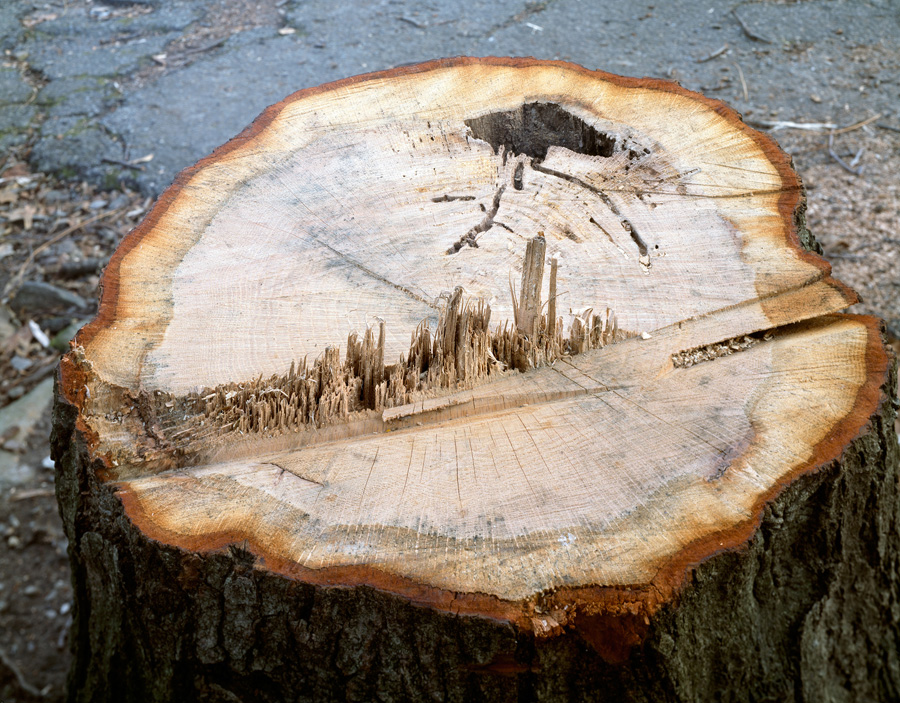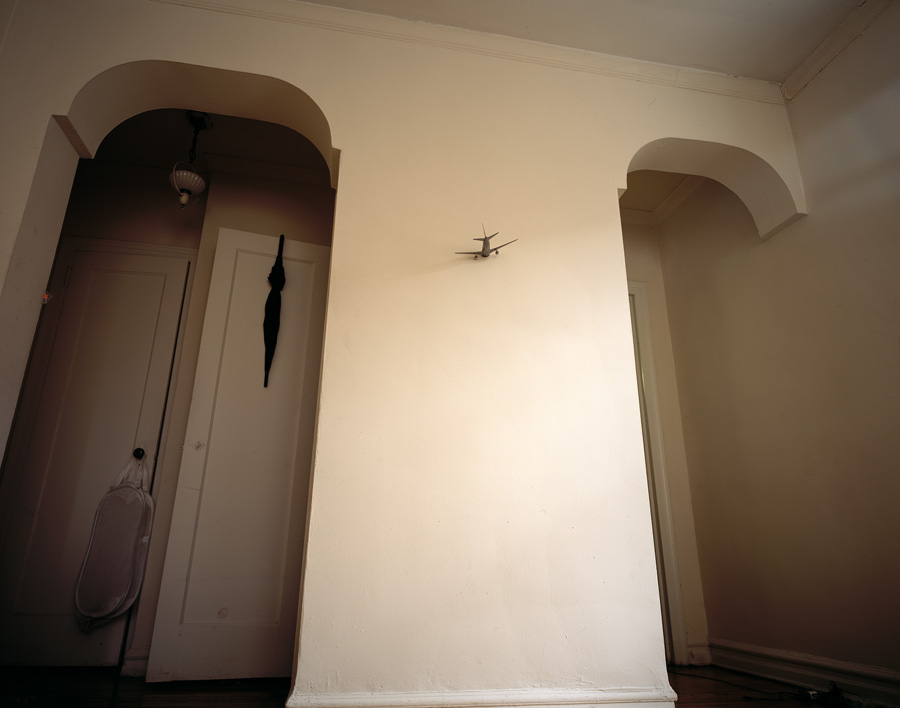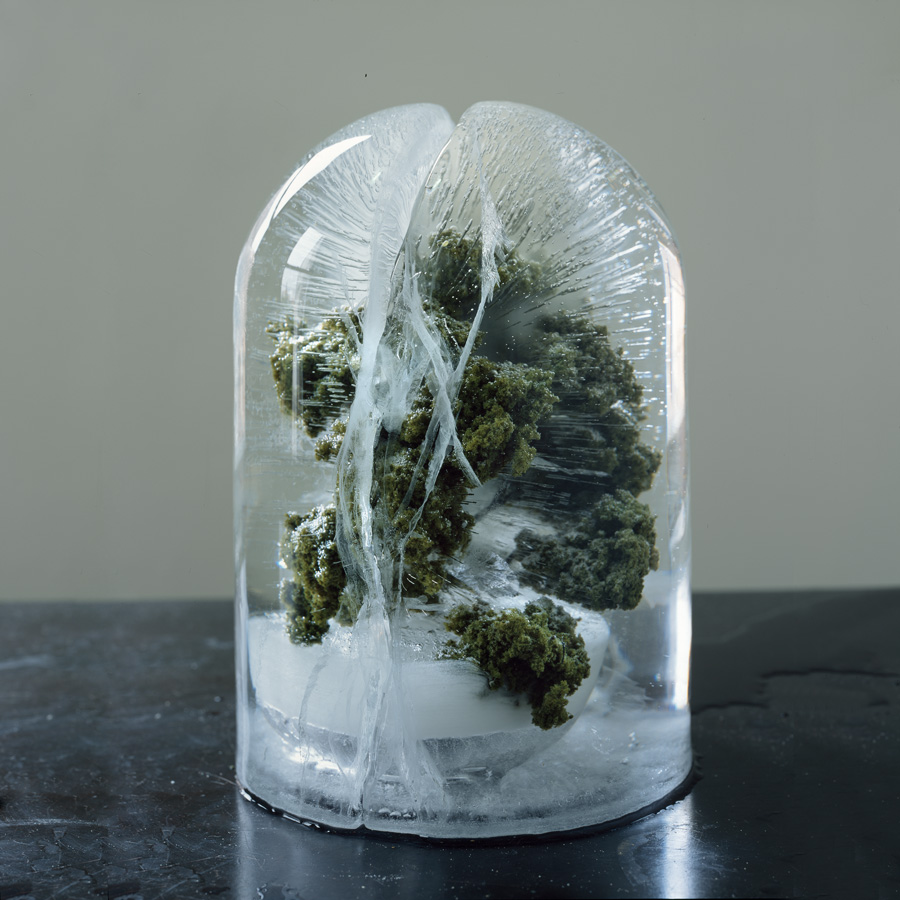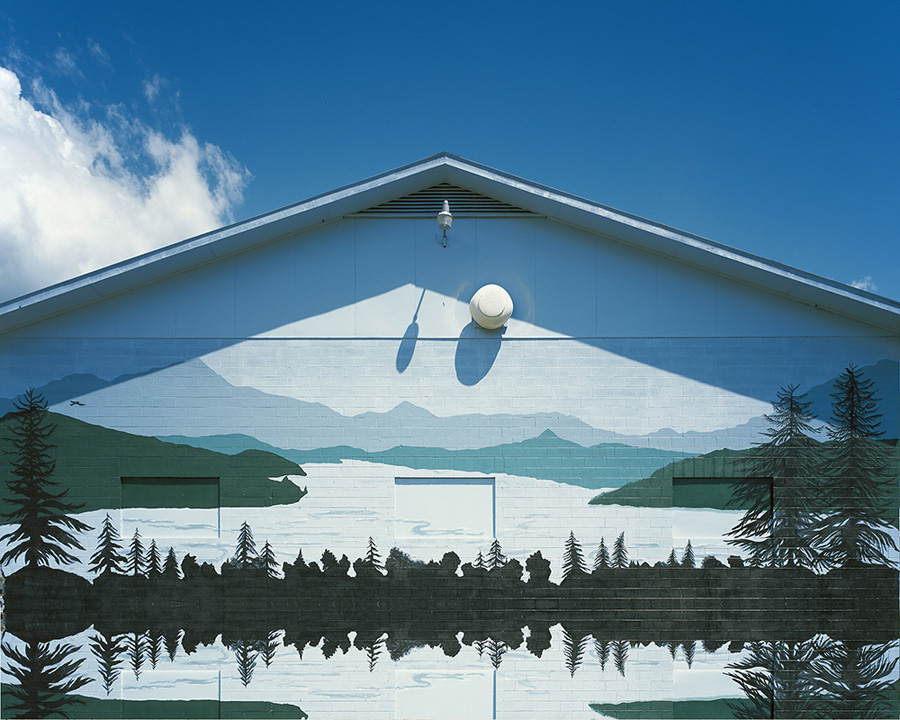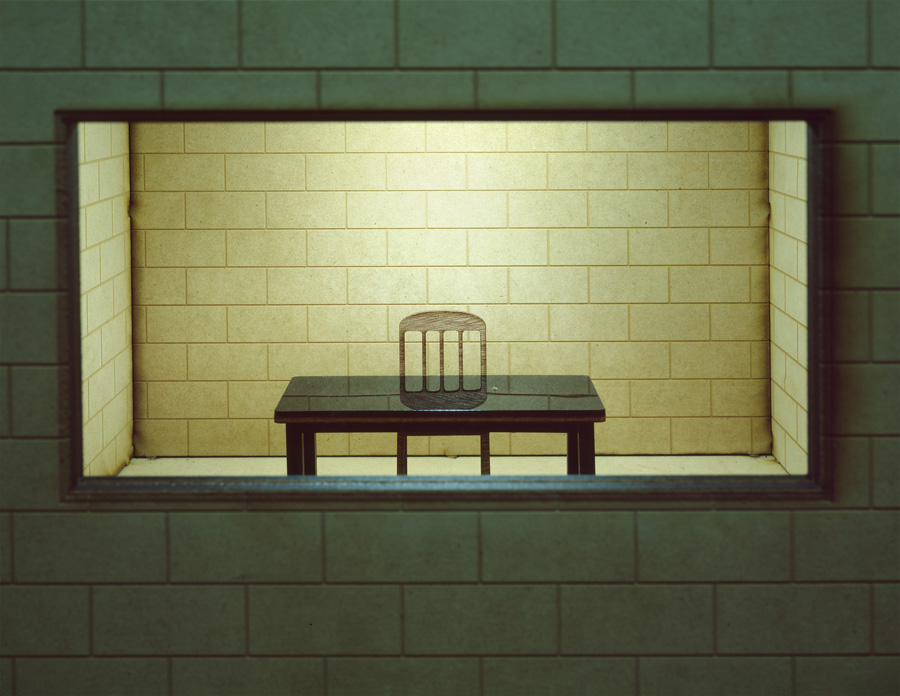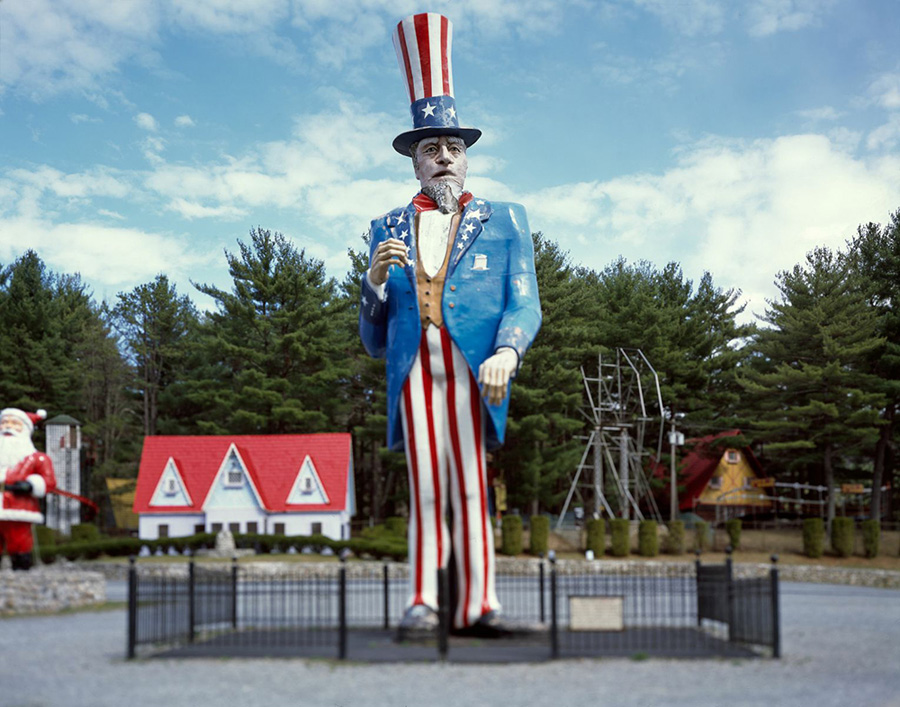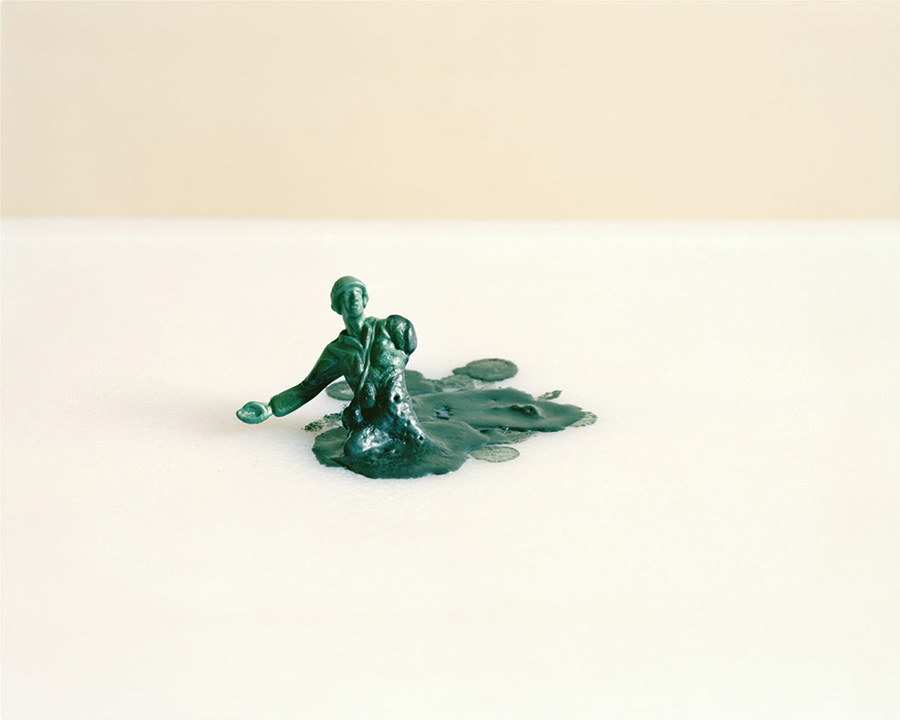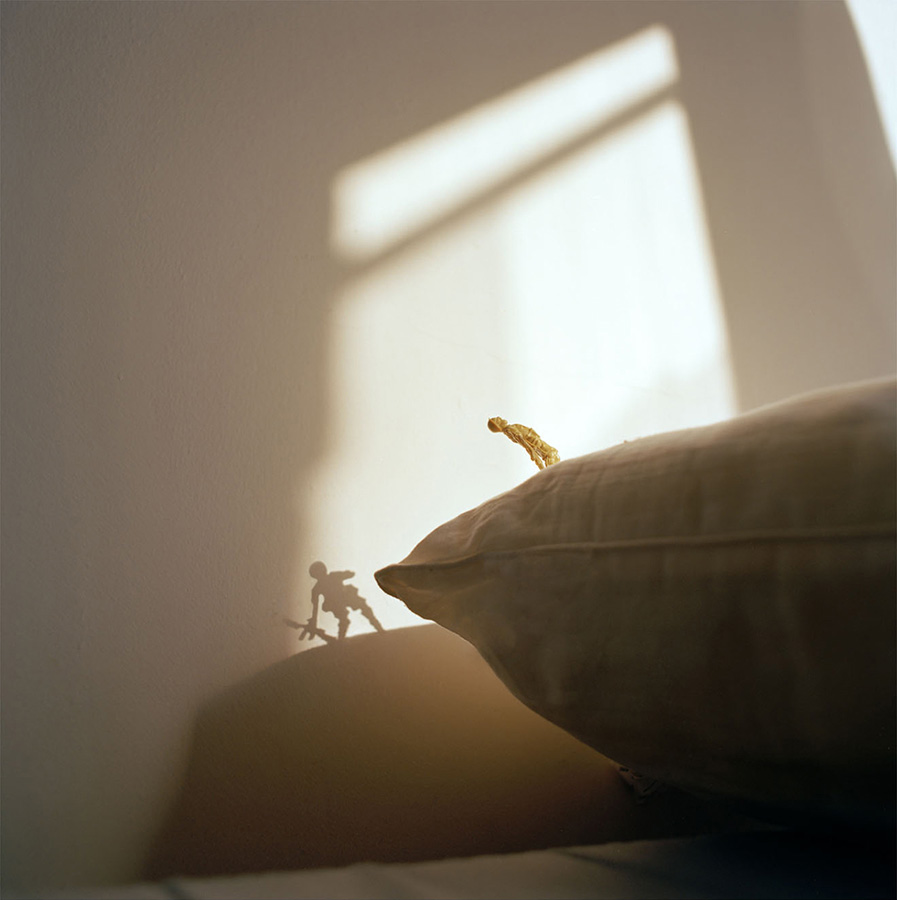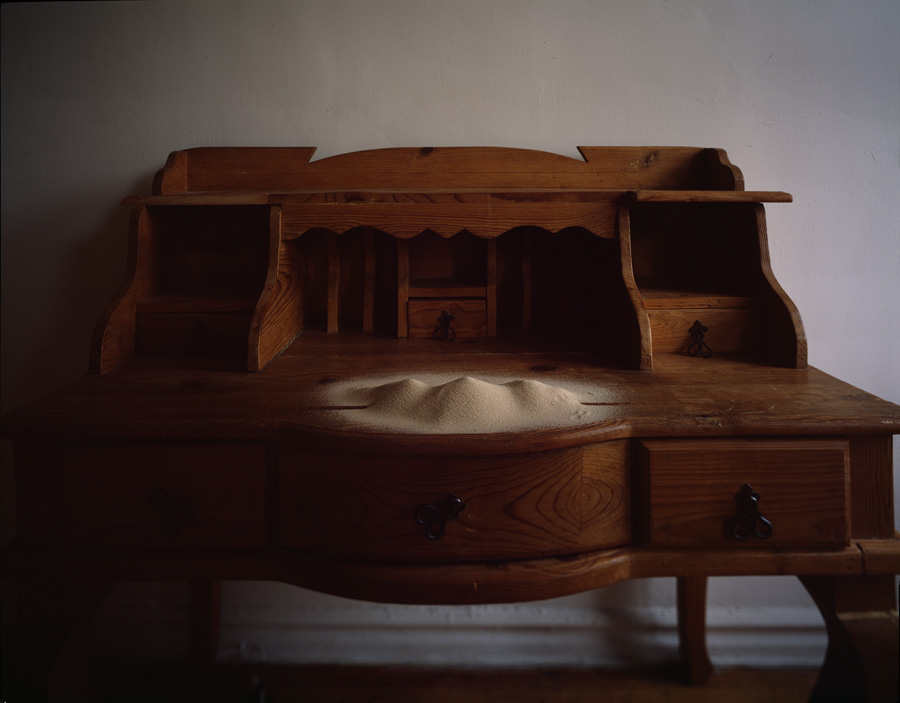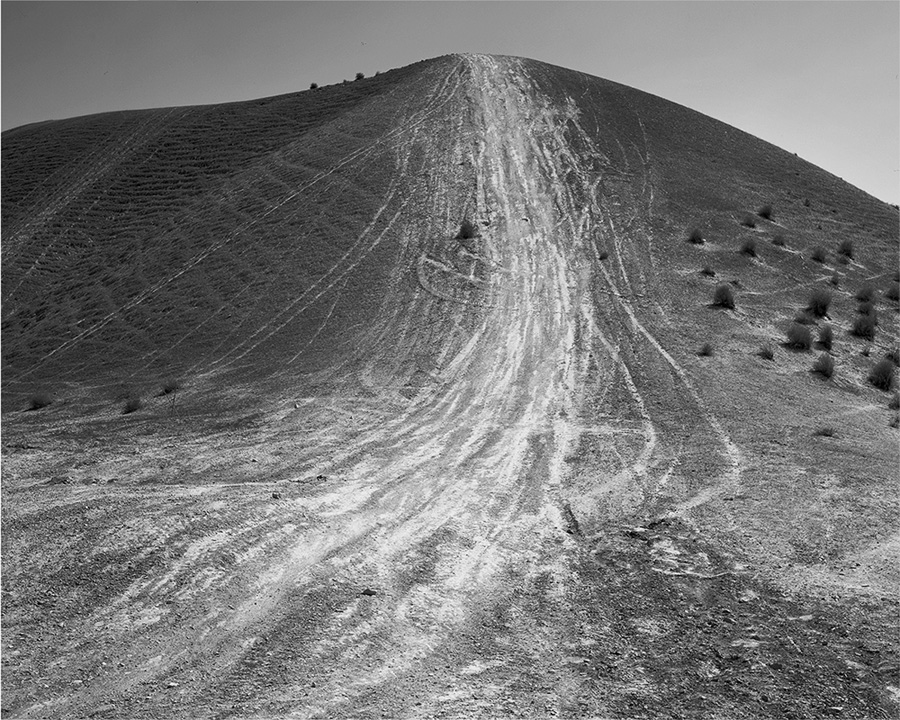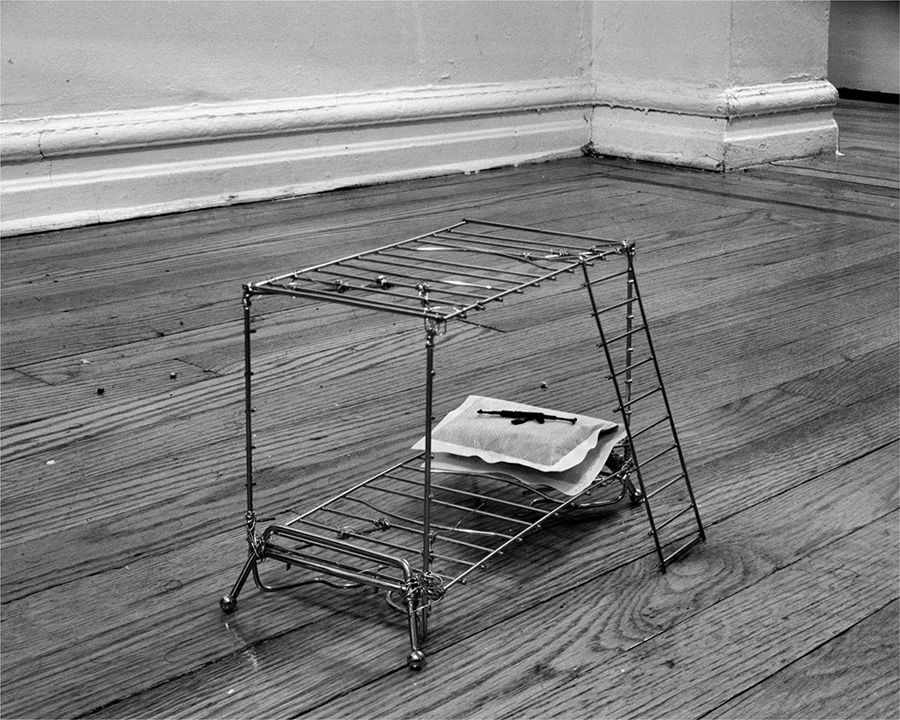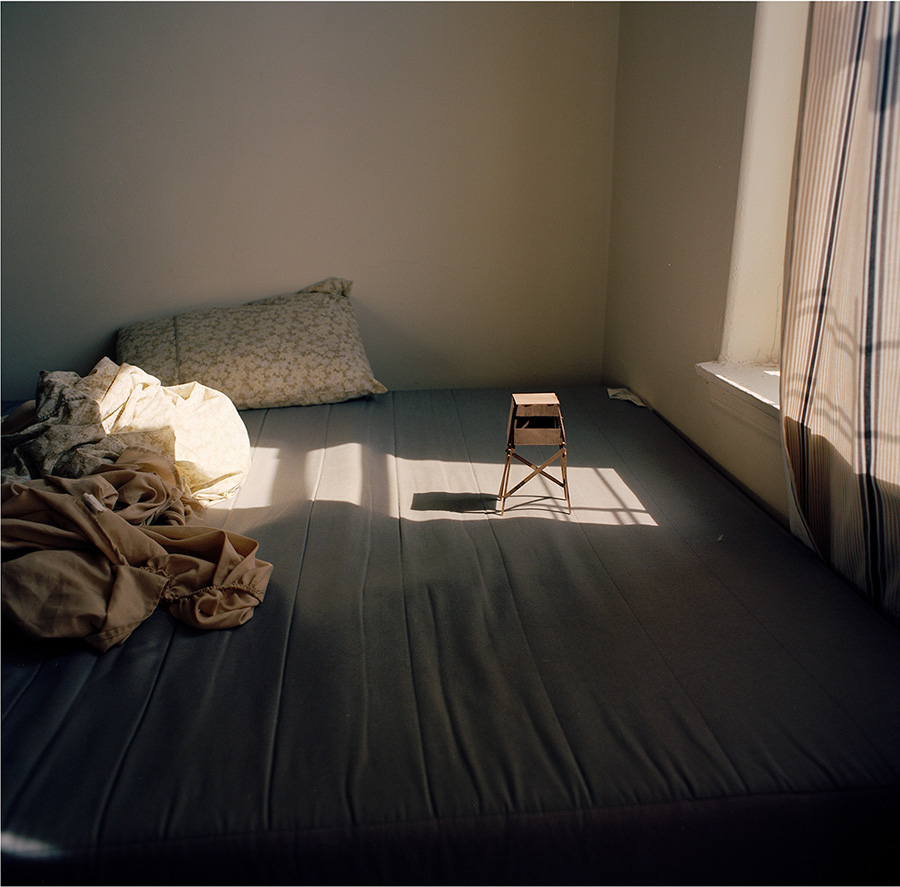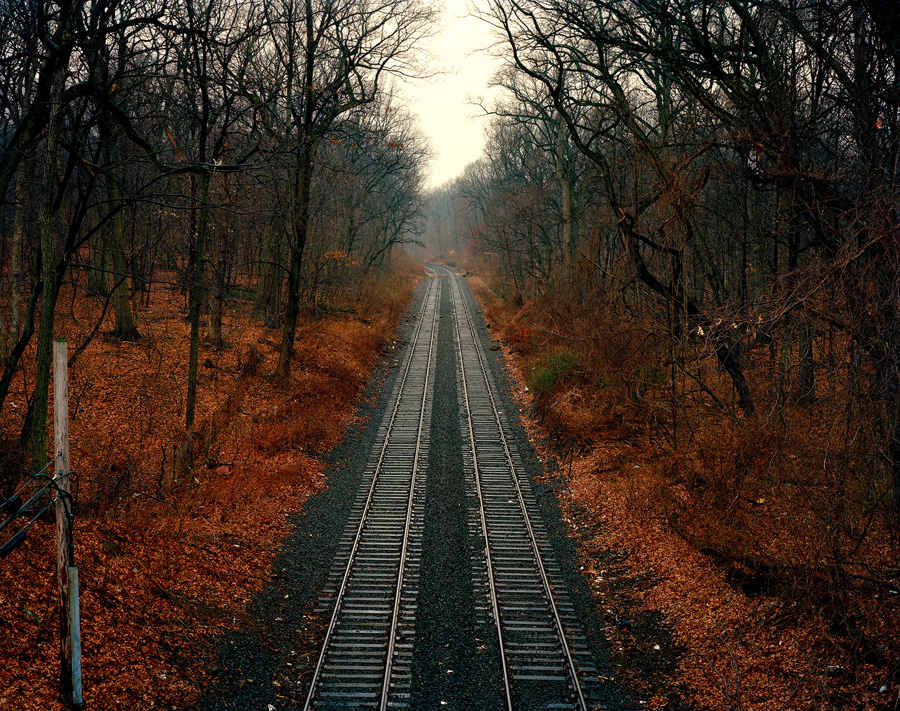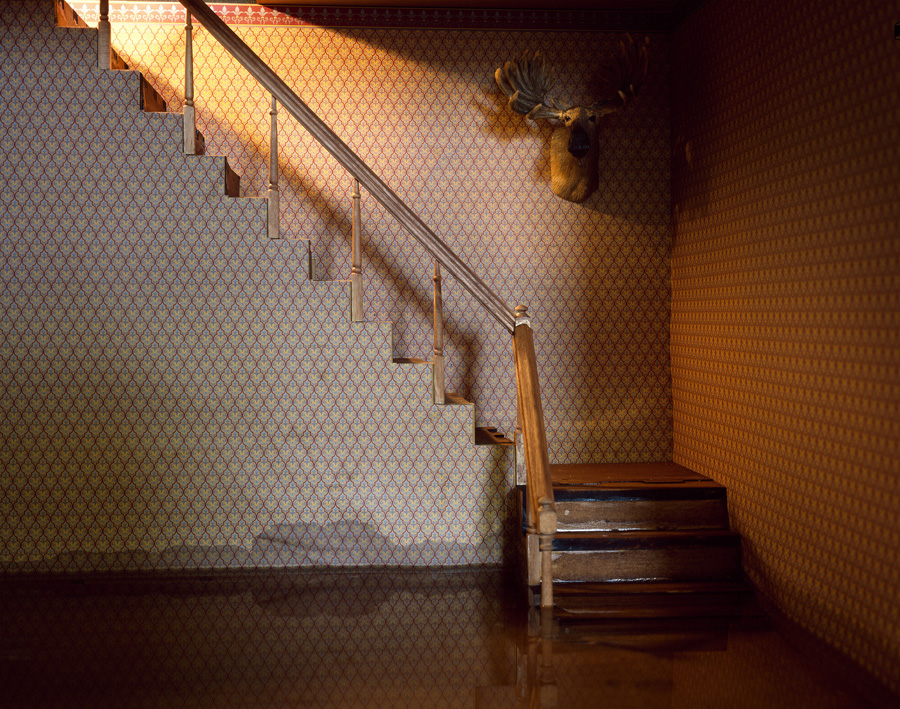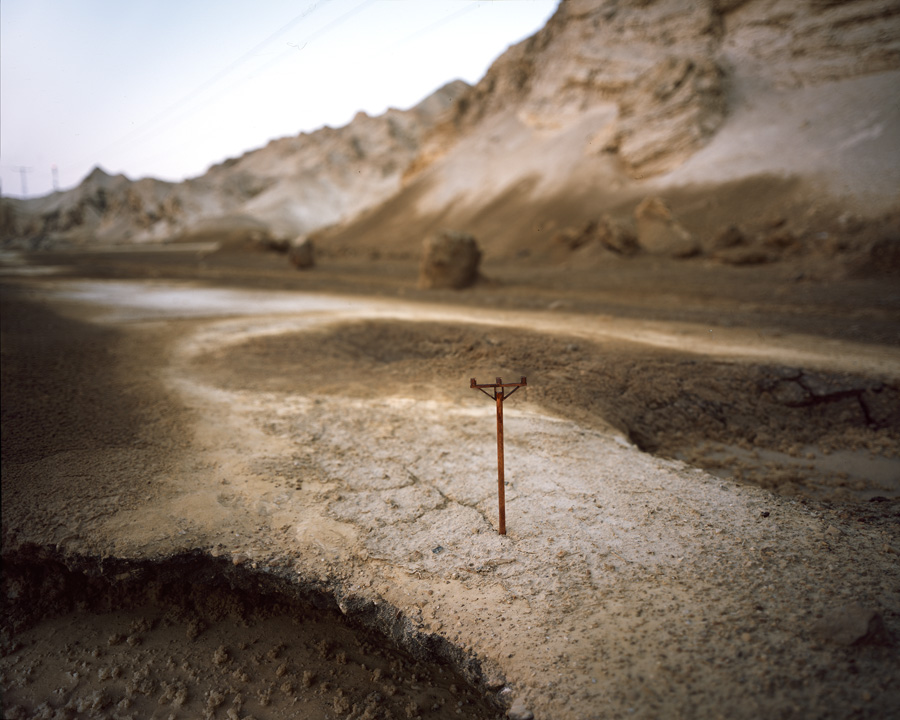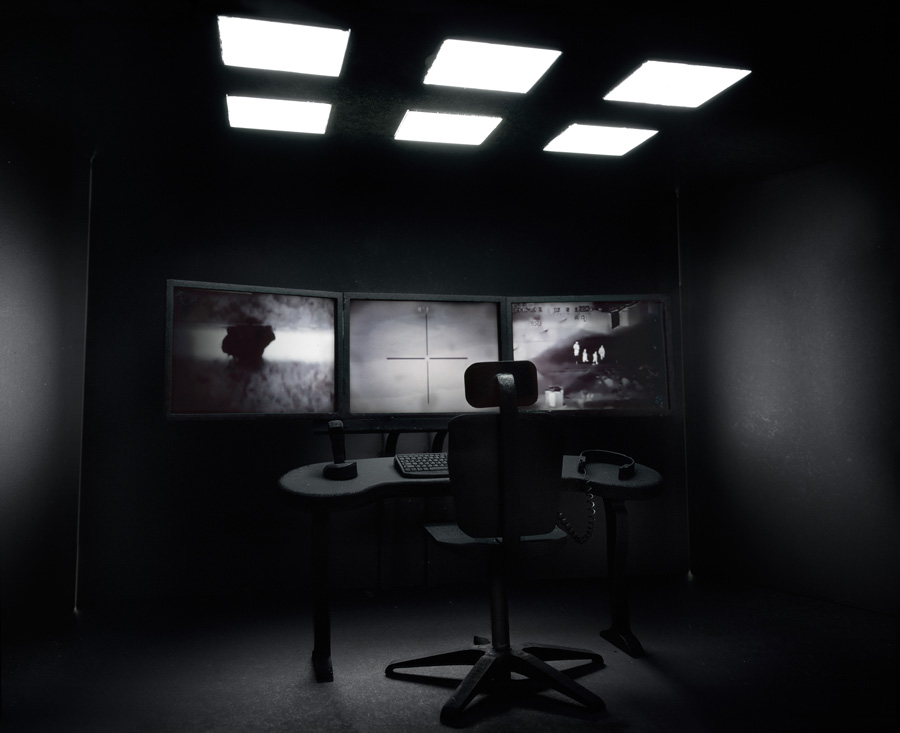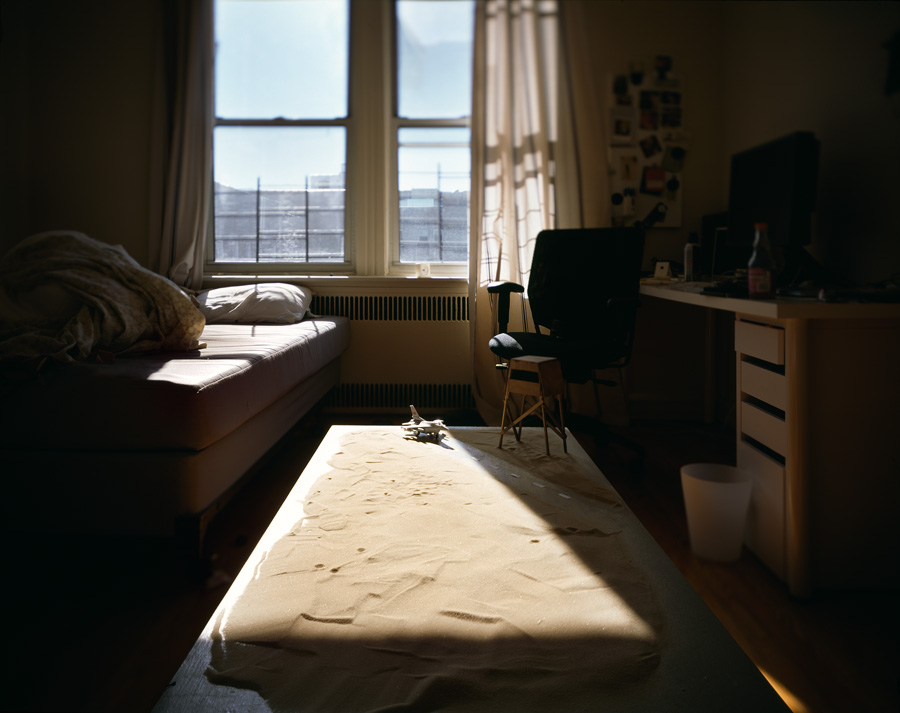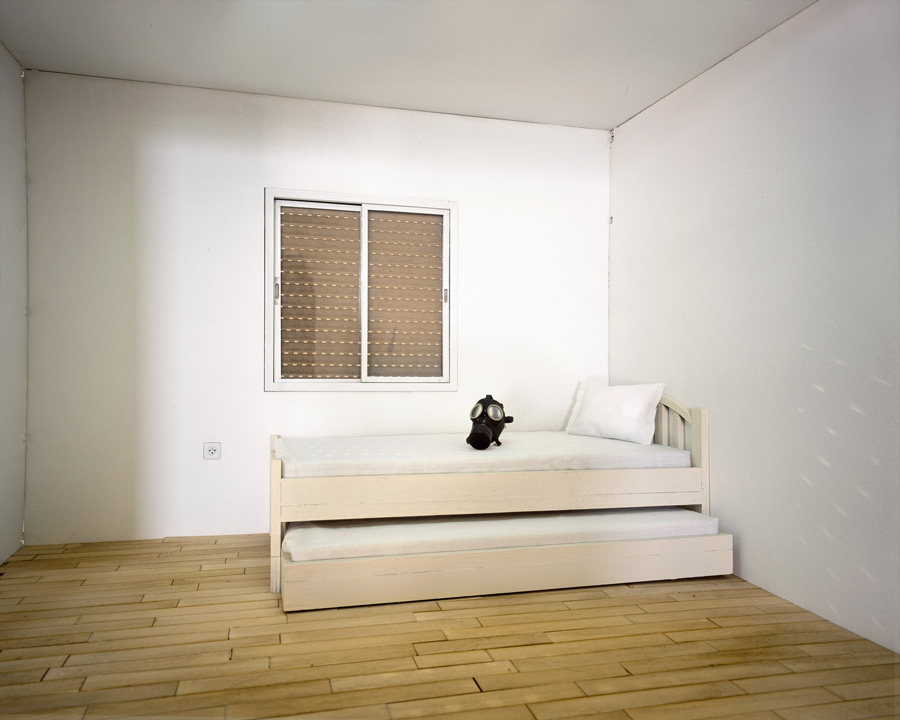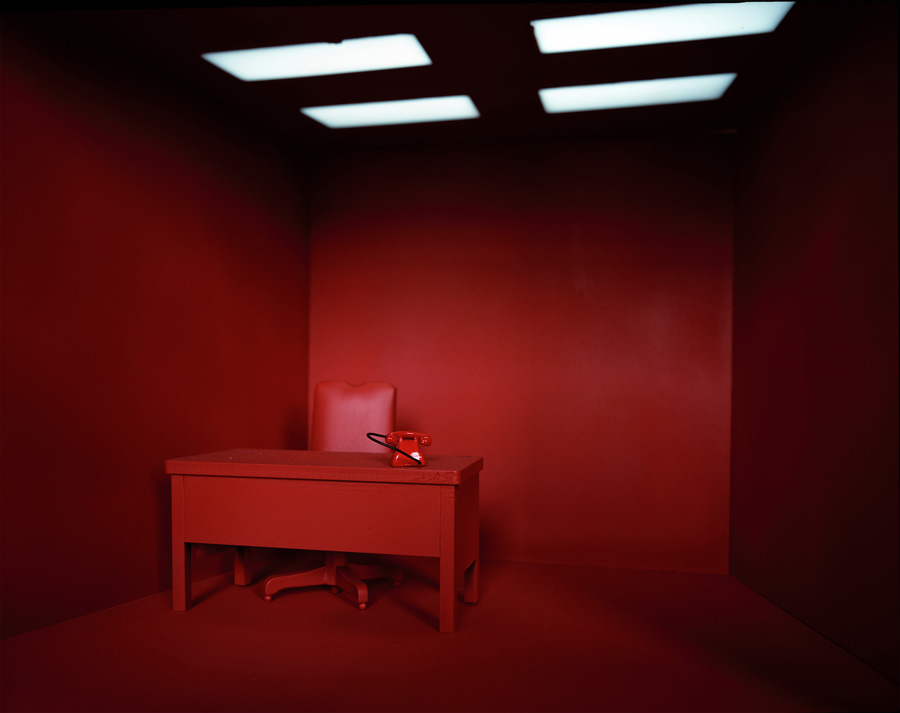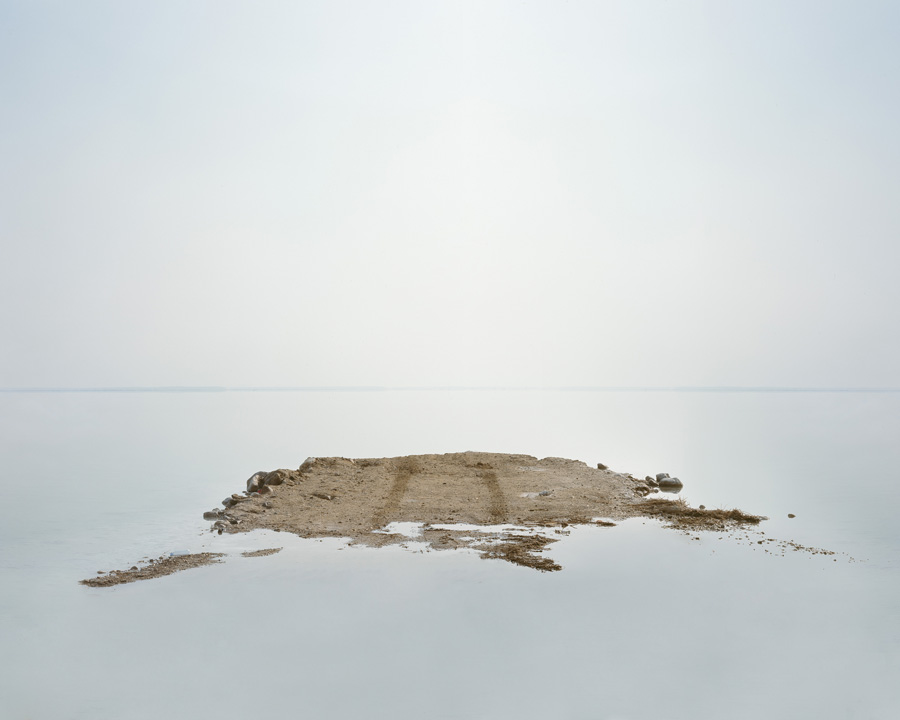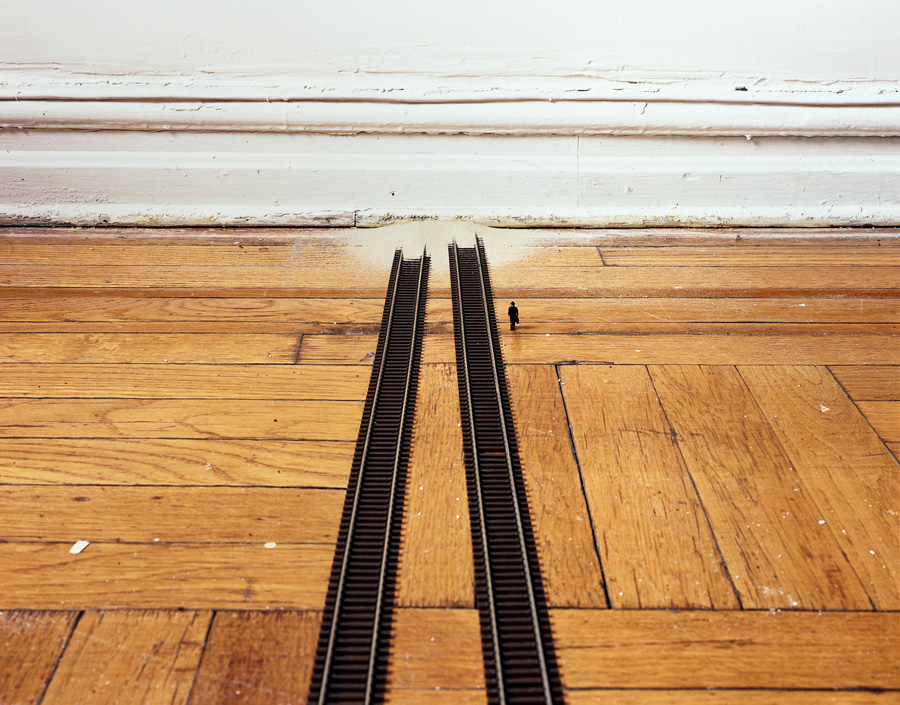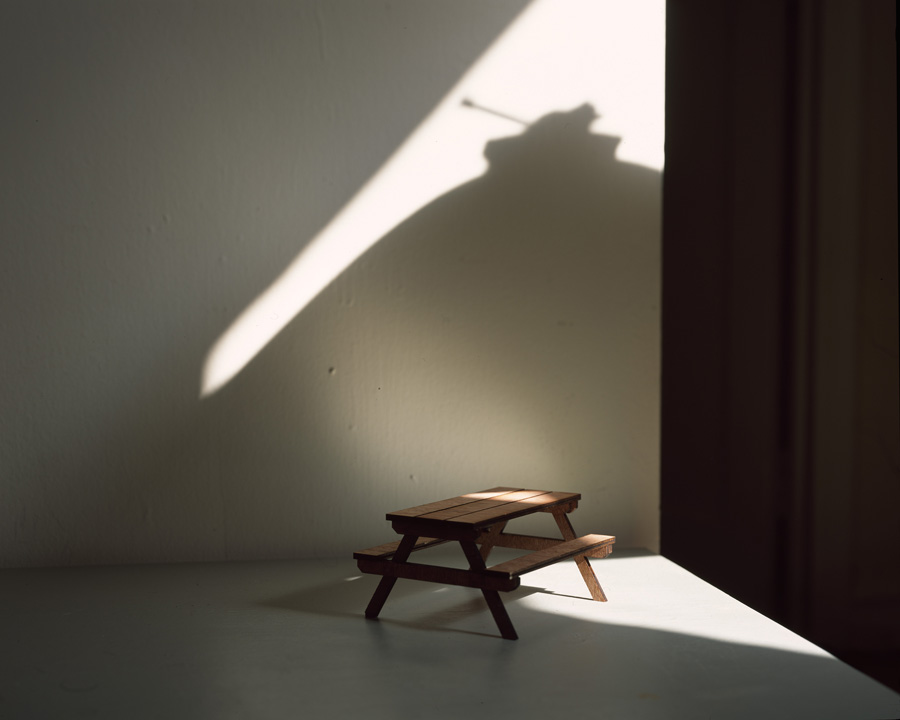As an Israeli my perception is chaotic; composed of mediated American culture, desert landscapes of childhood, and war, which became integral in my life.
I was trained to see and understand the world through photographs. The motivation for this visual exploration is the strong influence American culture, specifically in the form of photography, had and still has on my Israeli origins.
Photography visually mapped reality since it started; a broken promise that we’ve made to ourselves by looking up to the medium as a neutral reflection of what visibly exists. Many of our understandings of reality, are being described by photographs and have never being experienced by us in person. Photographs have set the expectations for things we might experience in the future; at times we find ourselves considering what is real to be different from how it should be according to its own image.
My work is a conjunction between Israel and America. It focuses on similarities and differences between two different cultures and sets of geographical locations seen through my perspective as an “Americanized Israeli”. For many years, my eyes scanned the landscapes of Israel. There were numerous field trips on Saturdays when I travelled across the country, from the deserts of the south to the white peak of Mount Hermon up in the north. I grew to know and recognize the context in which I saw the landscape: biblical sites in the form of pale excavated limestone, empty valleys that once were occupied by heavy war machines, and the armored skeletons that were remnants of those heroic battles. As I grew up in the valleys of the Judean Desert between Jerusalem and the Dead Sea, I projected both the recent history of my country and its biblical one onto the surrounding landscape. The presence of military in the landscape was always perceived as integral, naturally aligned with the history of the land as it always has been, and still is described.
The Americanization of Israel happened through the mediation of American culture. I suspect that, as a result, something changed in the way Israelis perceive Israel, that the aspiration to be like the Americans has changed our perception of the landscape itself. Even though small in scale, Israel’s landscape seems to contain enough diversity to match that of the American landscape: desert in the south, sea in the west, creeks and valleys to the east, a snow peaked mountain to the north; at least one long road through the desert, and forest like area near Armageddon (Har Megiddo – Meggido Mountain). The biblical landscape in its modern form has a thin coat of America. This cultural coat serves as a context through which we see and understand our environment, and through which we address and perceive what is natural and integral as part of our identity and what we identify with. Photography along with cinematography allowed for a partial importation and mobilization of American culture from its geographical origin to Israel in the Middle East; a partial teleportation of American values that only somewhat represent the reality from which it was originally taken. The “image” of America is a derivative of an American reality; yet viewed by the eyes of a foreigner, America is being contextualized through a process of comparison – what I have in sight or at hand in comparison to an ideal culture and ideal lifestyle that is being portrayed by images.
Aspects of life that were perceived as lacking were desired, imported and embedded into the culture in Israel: The vast landscape in American photography, whether forests or deserts, is waiting to be conquered through a journey rather than war; The frontlines of the American wars, in general, are overseas rather than at home; Teenagers grow up, finish high-school, and go to college rather than join the army at the age of 18. Americanization is the embedding process of an idealized culture lost in translation. As Israelis we can understand the American culture only in relation to our interests of what it represents, the meanings we extract from an imaged American culture are not the same in their essence, and are dissimilar to the cultural content that was poured in the process of making them in America. It is clear that images of idealized America have had a strong influence on modern Israel and that its Americanization is a derivative of an American culture, yet it is not certain that what appears as similar between the two cultures actually embraces a similar content.
I base my thesis on the recognition that our world is informed by images. Photographs represent and replace experiences, memories, landscapes and objects. Our past still exists in the form of photographs, and we will move on to a future which be is based on those photographs and the context through which we interpret them. Since the invention of the photograph, reality has become augmented by its own image. I am focusing my work at that point of friction. [Official Website]



